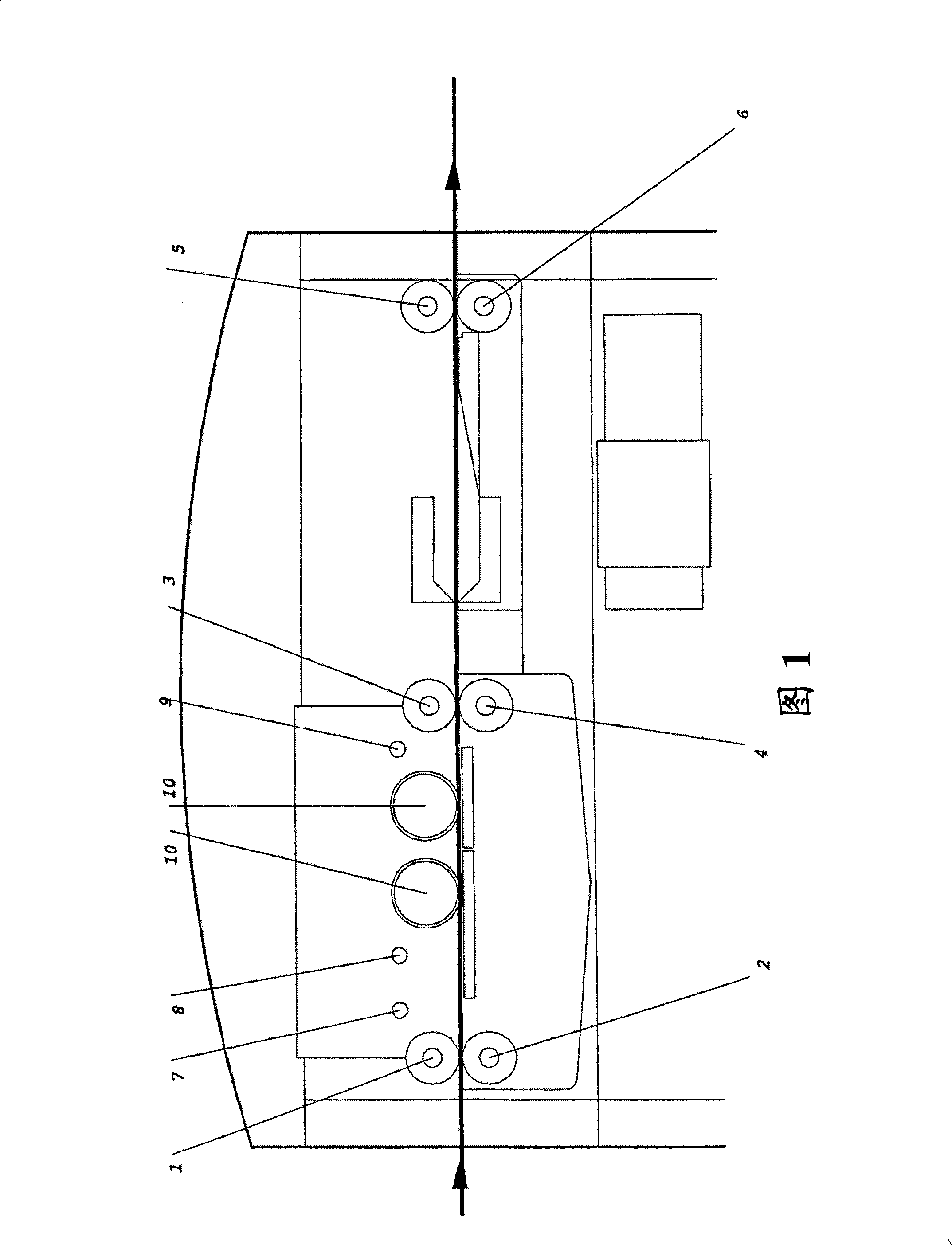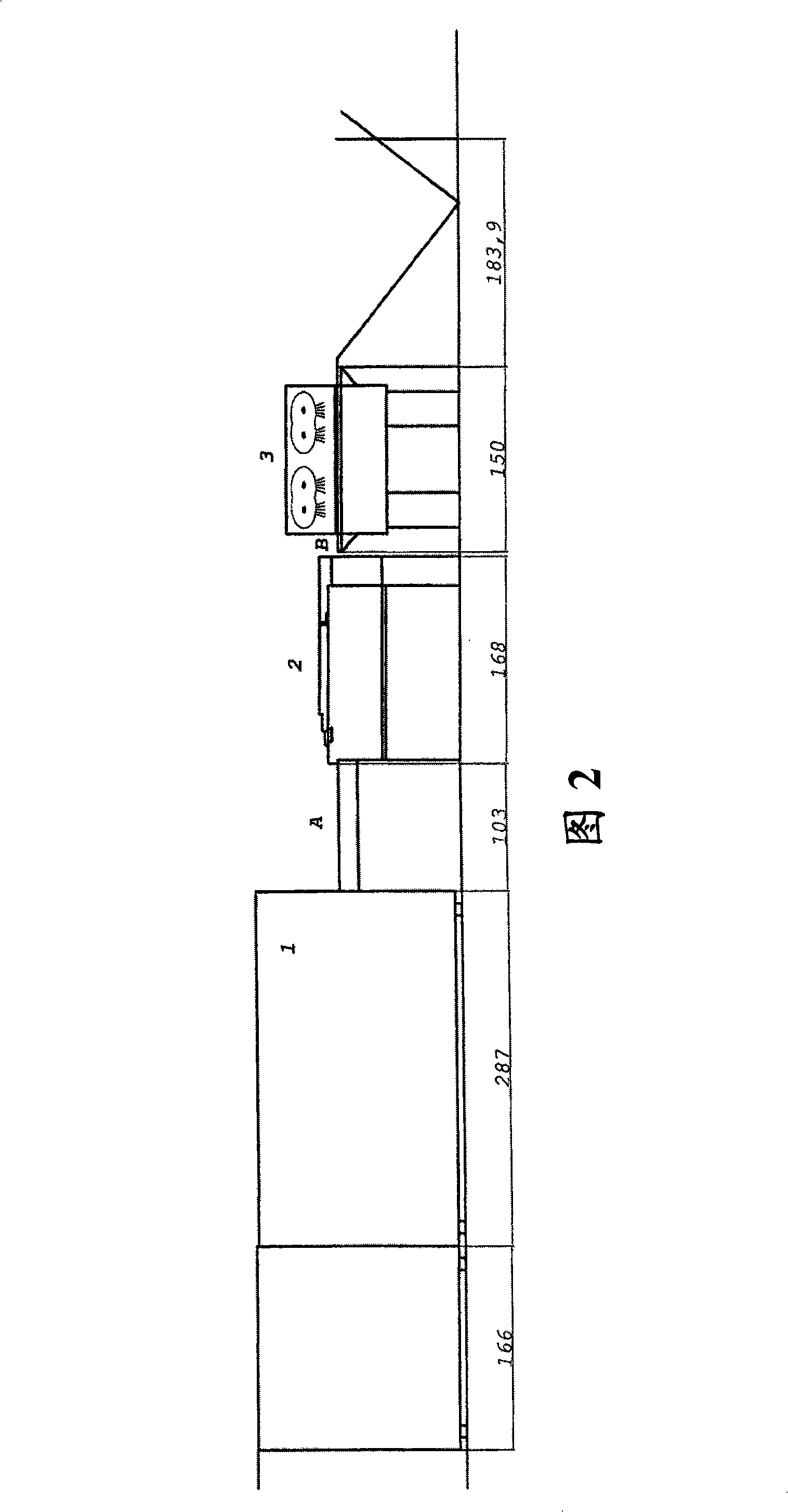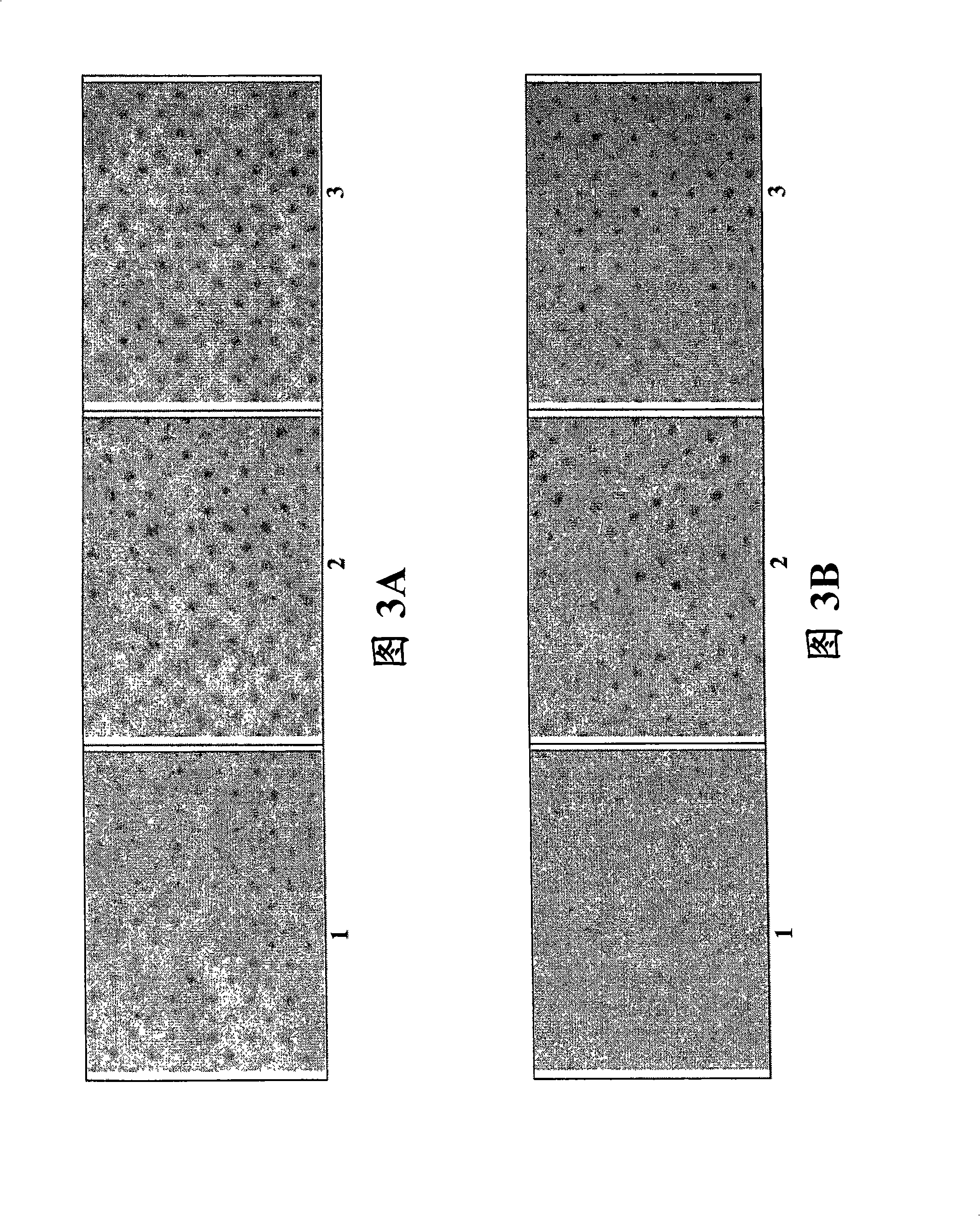Method for making a lithographic printing plate
A technology for lithographic printing and printing plates, which is applied in the field of preparing lithographic printing plates, and can solve the problems of incomplete removal and low-sensitivity printing plates, etc.
- Summary
- Abstract
- Description
- Claims
- Application Information
AI Technical Summary
Problems solved by technology
Method used
Image
Examples
Embodiment
[0058] 1. Preparation of lithographic supports.
[0059] Degreasing the 0.30 mm thick aluminum foil by immersing said aluminum foil in an aqueous solution containing 40 g / l sodium hydroxide at 60° C. for 8 seconds and rinsing with demineralized water for 2 seconds. Then, using alternating current, in an aqueous solution containing 12g / l hydrochloric acid and 38g / l aluminum sulfate (18-hydrate), at 33°C, at 130A / dm 2 The current density of the aluminum foil was electrochemically grained for 15 seconds. After rinsing with demineralized water for 2 seconds, the aluminum foil was decontaminated by etching with an aqueous solution containing 155 g / l sulfuric acid at 70°C for 4 seconds and rinsed with demineralized water for 2 seconds at 25°C. Then in an aqueous solution containing 155g / l sulfuric acid, at 45°C, at 22A / dm 2 Current density, aluminum foil was anodized for 13 seconds, then washed with demineralized water for 2 seconds, post-treated at 40°C with a solution containing...
PUM
 Login to View More
Login to View More Abstract
Description
Claims
Application Information
 Login to View More
Login to View More - R&D
- Intellectual Property
- Life Sciences
- Materials
- Tech Scout
- Unparalleled Data Quality
- Higher Quality Content
- 60% Fewer Hallucinations
Browse by: Latest US Patents, China's latest patents, Technical Efficacy Thesaurus, Application Domain, Technology Topic, Popular Technical Reports.
© 2025 PatSnap. All rights reserved.Legal|Privacy policy|Modern Slavery Act Transparency Statement|Sitemap|About US| Contact US: help@patsnap.com



